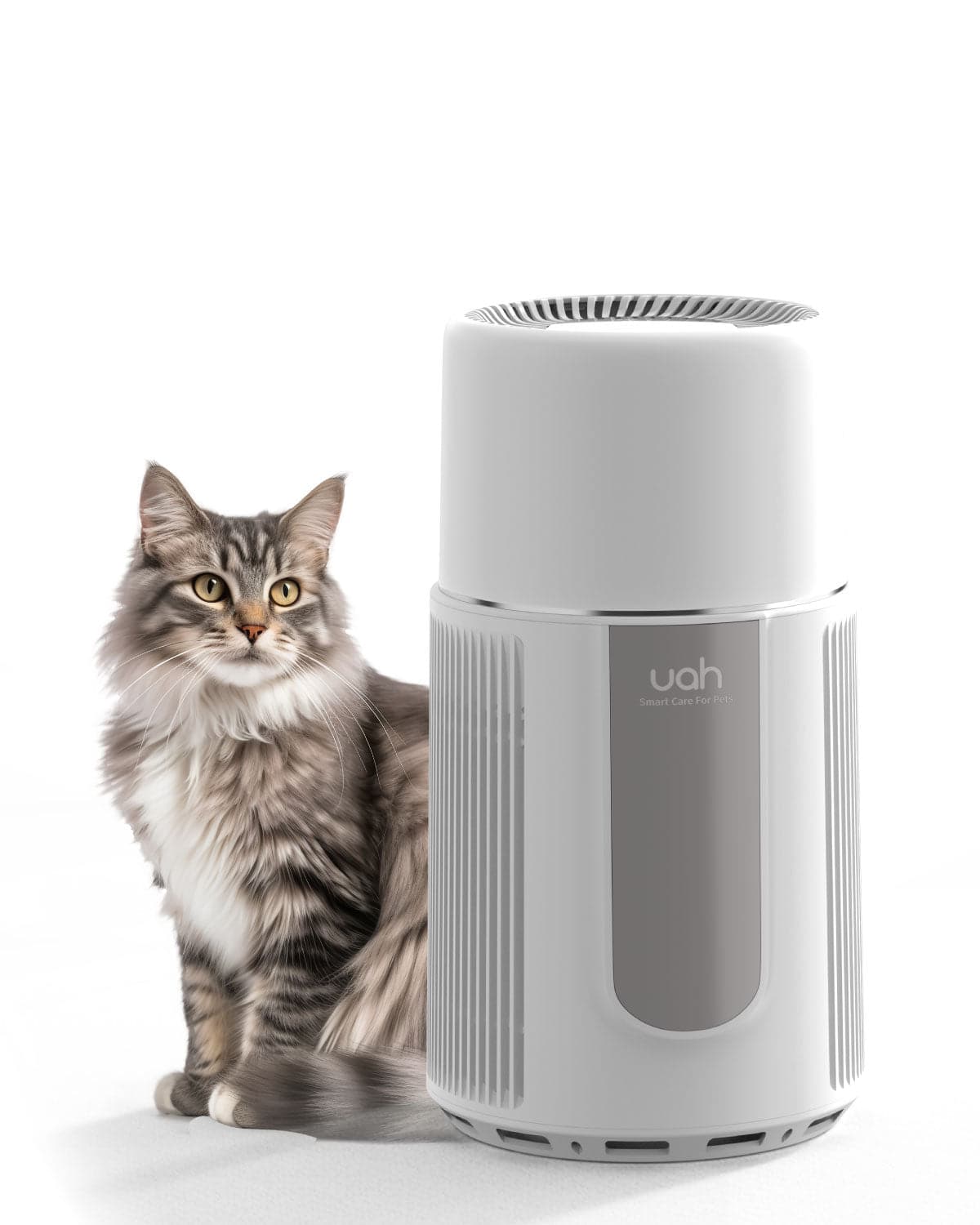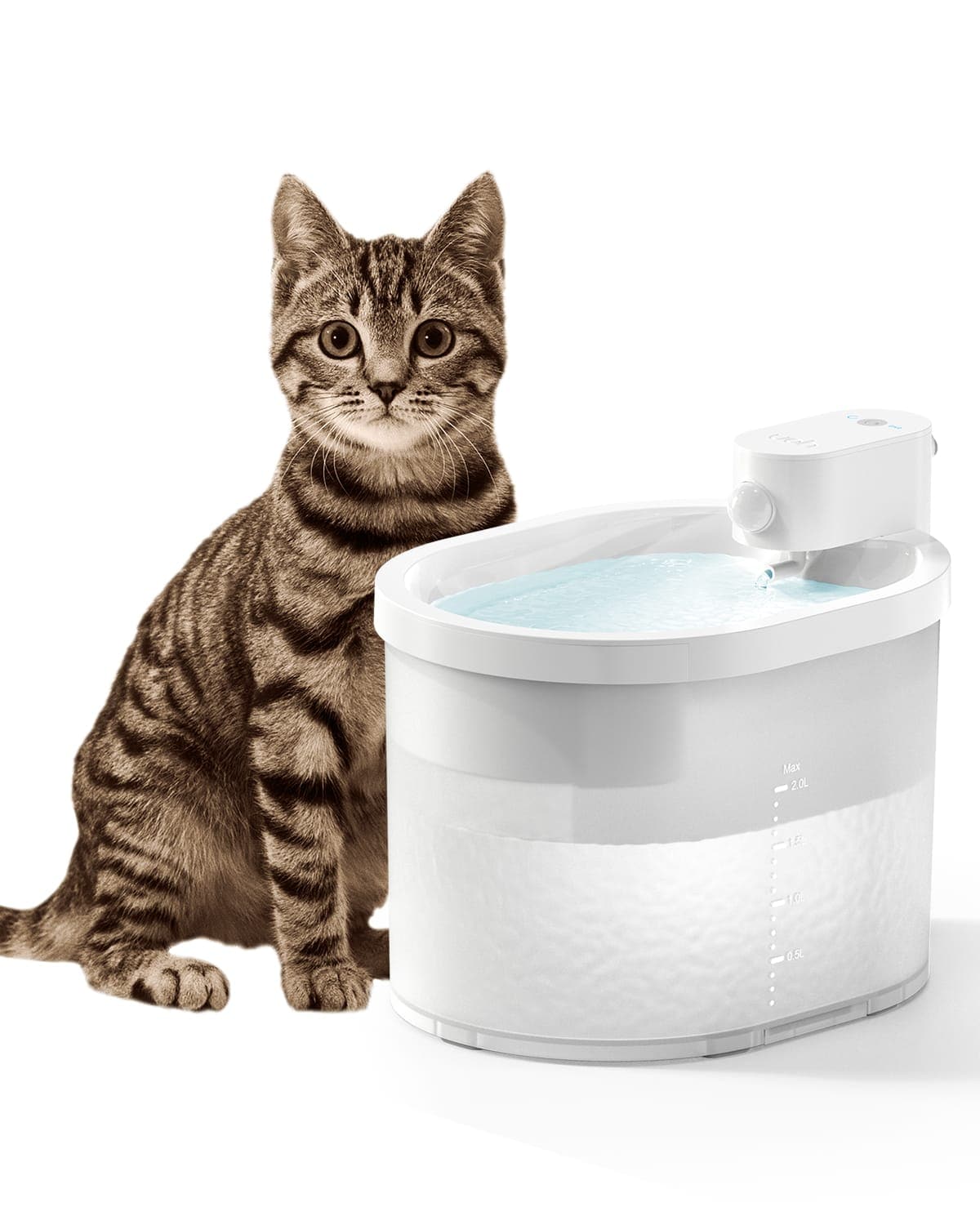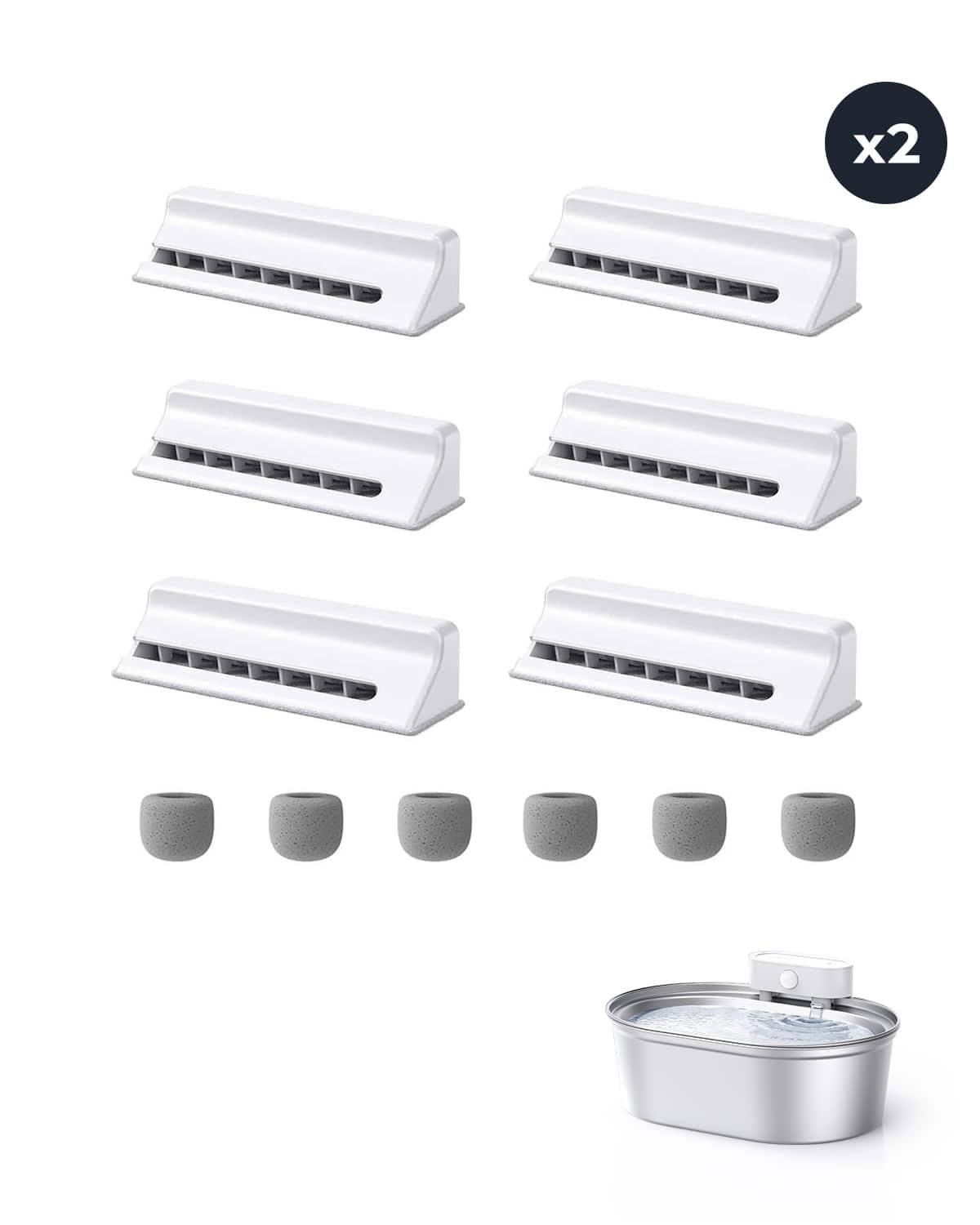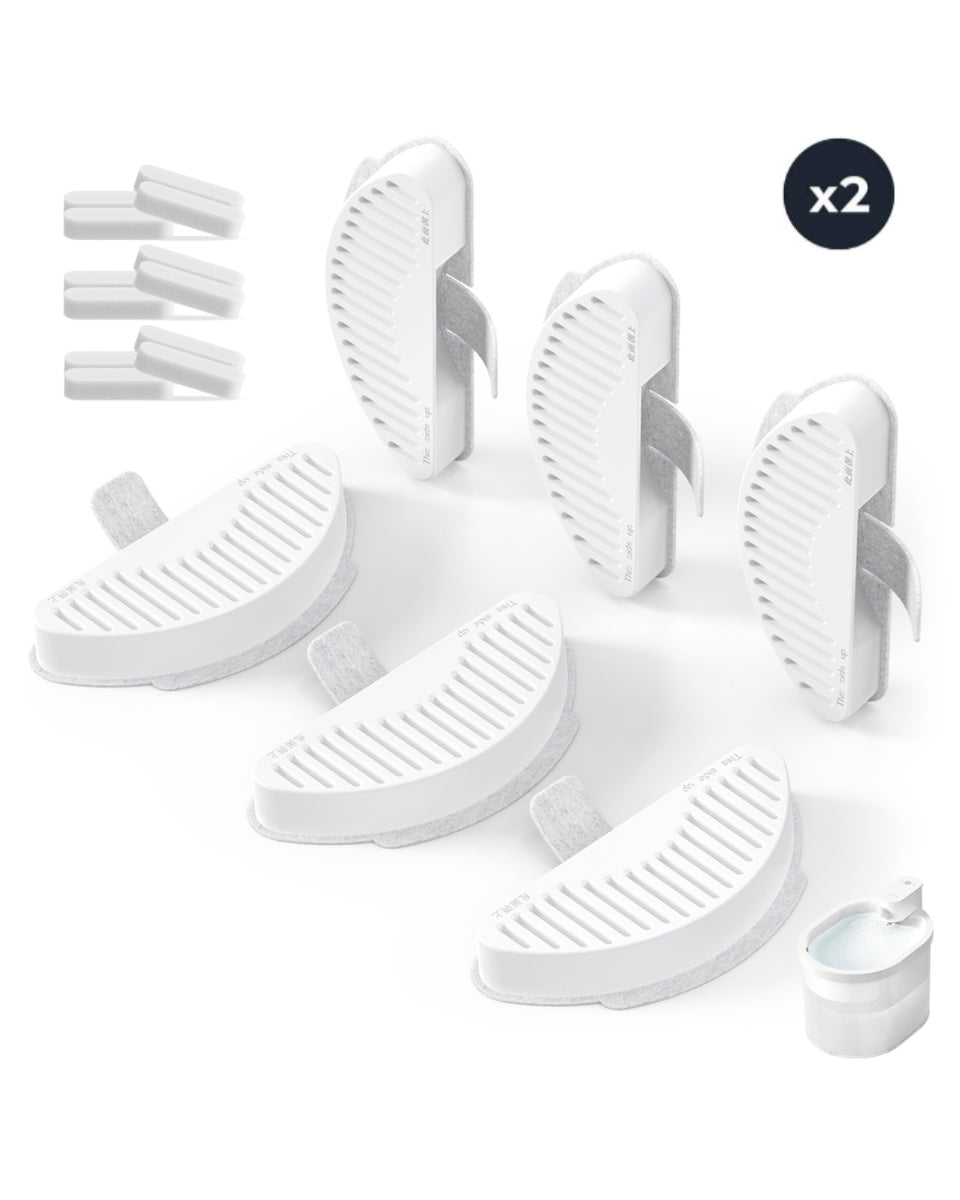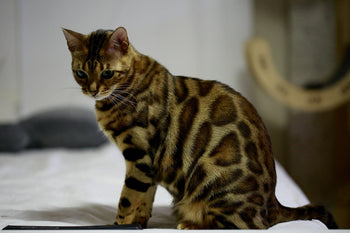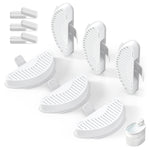Cats are one of the most beloved pets in the world, and many people enjoy having them as part of their family. However, when it comes to telling the gender of a cat, it can sometimes be difficult to determine. While some cats have obvious physical characteristics that indicate their gender, others may not. In this article, we will explore how to tell cat gender by face.
How to Determine Cat Gender by Face?
Physical Differences between Male and Female Cats Before we dive into identifying male and female cats by their facial features, it is important to understand the physical differences between the two genders. Male cats are typically larger and heavier than females, with broader heads and necks. They also have a more muscular build and tend to have a thicker, longer tail. Female cats, on the other hand, are generally smaller and more slender, with a narrower head and neck. They have a less muscular build and a shorter, thinner tail.
Identifying Male Cats by Facial Features Male cats have certain facial features that can help you determine their gender. One of the most obvious is the presence of jowls, which are the flaps of skin that hang beneath their chin. Male cats also tend to have a broader, more square-shaped head than females. Their cheeks are often more prominent, and they may have a thicker, more muscular neck. Additionally, male cats have a more pronounced Adam's apple, which is the bulge in their throat.
Identifying Female Cats by Facial Features Female cats have their own set of facial features that can help you determine their gender. One of the most obvious is the shape of their face, which is typically more triangular than males. Their heads are also smaller and more delicate, with a narrower jawline. Female cats tend to have a more slender neck and a less pronounced Adam's apple. Additionally, their ears are often smaller and more pointed than males.
How to Determine Cat Gender by Face: A Clear Guide

Key Takeaways
Male cats are generally larger and heavier than females, with a more muscular build and a thicker, longer tail.
Male cats have jowls, a broader head and neck, and a more pronounced Adam's apple.
Female cats have a more triangular face, a smaller head and neck, and smaller, more pointed ears.
Physical Differences between Male and Female Cats
Primary Physical Characteristics
One of the most obvious ways to distinguish between male and female cats is by looking at their reproductive organs. Male cats have testicles, which are located in the scrotum, while female cats have a vulva. However, this may not always be visible, especially in young kittens.
Another primary physical characteristic that can help identify a cat's gender is their body size and shape. Male cats tend to be larger and more muscular than female cats, with a more triangular-shaped head and a thicker neck. Female cats, on the other hand, are typically smaller and more slender, with a rounder head and a narrower neck.
Differences in Facial Features
While it may be difficult to tell the gender of a cat just by looking at their face, there are some subtle differences in facial features that can help. For example, male cats tend to have broader heads with more prominent cheekbones, while female cats have more delicate, refined features. Male cats may also have thicker, more muscular jaws, while female cats have softer, rounder faces.
Other Physical Attributes
In addition to reproductive organs and facial features, there are other physical attributes that can help determine a cat's gender. For example, male cats may have a more pronounced Adam's apple, while female cats may have a more prominent belly. Male cats may also have a thicker, bushier tail, while female cats have a more slender tail.
Overall, while there are some primary physical characteristics that can help identify a cat's gender, it's important to remember that not all cats will fit into these categories perfectly. Additionally, some cats may have been spayed or neutered, which can make it even more difficult to tell their gender just by looking at them.
Identifying Male Cats by Facial Features
When it comes to identifying the gender of a cat, their facial features can provide some helpful clues. Male cats have distinct facial features that set them apart from female cats. Here are some of the specific facial features to look for when identifying a male cat.

Specific Facial Features of Male Cats
Male cats tend to have a larger, broader head and a more angular face than female cats. They also have a larger nose and more prominent cheekbones. These features can help distinguish male cats from females.
Broader Head and Larger Nose
Male cats typically have a broader head and a larger nose than female cats. The bridge of the nose is also usually more pronounced in male cats. This can be seen by looking at the cat's face head-on.
Prominent Cheekbones and Angular Face
Male cats also tend to have more prominent cheekbones and a more angular face than female cats. This gives their face a more chiseled appearance. The jawline is also typically more defined in male cats.
By paying close attention to these specific facial features, you can more easily identify whether a cat is male or female. However, it's important to keep in mind that every cat is unique and may not fit into these generalizations.
Identifying Female Cats by Facial Features
Female cats have distinct facial features that can help you identify their gender. Here are some characteristics to look for when trying to determine if a cat is female:
Typical Facial Features of Female Cats
Female cats typically have a more delicate and rounded head shape compared to male cats. Their faces are also softer and more rounded, giving them a more feminine appearance.
Delicate and Rounded Head Shape
The head shape of a female cat is often more delicate and rounded than that of a male cat. The forehead is usually more rounded, and the cheeks are less pronounced. This gives the face a more feminine appearance and can help you identify a female cat.
Softer and Rounded Face
Female cats also tend to have a softer and more rounded face compared to male cats. This is because female cats have smaller facial bones and a less prominent jawline. The overall effect is a more gentle and feminine appearance.
By looking for these facial features, you can confidently identify a female cat. However, it's important to note that there can be variations in facial features between individual cats, so it's always best to have a professional veterinarian confirm the gender.
Conclusion
In conclusion, determining the gender of a cat by its face can be challenging, but with practice and attention to detail, it is possible. It is important to note that relying solely on facial features may not always yield accurate results, and it is recommended to consult a veterinarian for confirmation.
Remember that male cats typically have broader heads, more prominent cheeks, and a larger distance between the anus and genitalia. Female cats, on the other hand, tend to have a smaller distance between the anus and genitalia, and a more rounded and less angular face.
Additionally, it is important to consider the age of the cat, as kittens may not display clear gender characteristics until they are several weeks old. It is also important to note that some breeds may have unique facial features that may not follow typical gender characteristics.
Overall, determining the gender of a cat by its face can be a useful skill for breeders, owners, and animal lovers alike. With careful observation and attention to detail, anyone can learn to identify the gender of a cat with confidence.

Frequently Asked Questions
What are the visual differences between male and female cat faces?
Male and female cats have certain physical differences that can be observed in their faces. Male cats tend to have a wider and more angular head, with a broader forehead and larger jowls. Female cats, on the other hand, have a more rounded and delicate facial structure, with a smaller forehead and narrower jowls. Additionally, male cats may have more prominent facial markings, such as a thicker and darker stripe down the center of their face.
Can the color patterns of a cat's fur indicate its gender?
No, the color patterns of a cat's fur do not indicate its gender. While certain breeds may have more common color patterns associated with one gender or the other, it is not a reliable indicator.
Is it possible to discern a cat's gender based on its facial features?
Yes, it is possible to determine a cat's gender based on its facial features. However, it is not always a foolproof method and should be confirmed by a veterinarian or other trained professional.
What characteristics should I look for in a kitten's face to determine its gender?
When looking at a kitten's face, it is important to look for the size and shape of the head, as well as the distance between the eyes and the nose. Male kittens will typically have a wider head and a greater distance between the eyes and nose, while female kittens will have a narrower head and a shorter distance between the eyes and nose.
Are there any distinct markings on a female cat's face that indicate its gender?
While there are no distinct markings on a female cat's face that indicate its gender, female cats may have a more delicate and refined facial structure compared to male cats.
How reliable are facial features in determining the gender of a cat?
Facial features can be a reliable indicator of a cat's gender, but it is not always 100% accurate. Other factors, such as behavior and vocalizations, should also be taken into consideration when determining a cat's gender.



